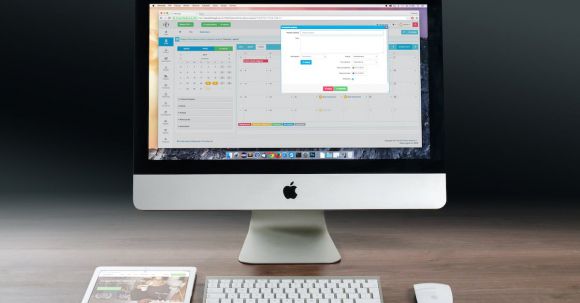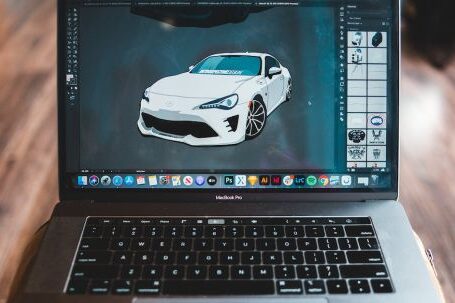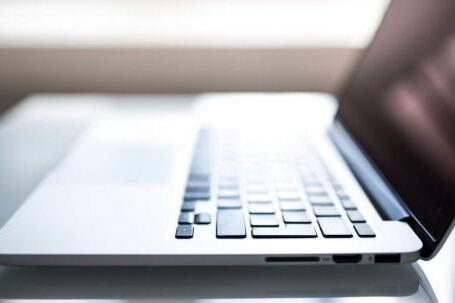In today’s world, where multitasking has become a necessity, having multiple screens can greatly enhance productivity. While traditional computer monitors are the go-to option, using a tablet as a secondary monitor can be a game-changer. Not only does it save space, but it also allows for flexibility and convenience. In this article, we will explore the various ways you can utilize your tablet as a secondary computer monitor.
Setting Up Your Tablet as a Secondary Monitor
Before delving into the different ways to use your tablet as a secondary monitor, it is important to know how to set it up. Thankfully, this process is relatively straightforward. Firstly, you will need to download a third-party app such as Duet Display or iDisplay, which are available for both Android and iOS devices. These apps will enable the connection between your tablet and computer.
Once you have installed the app on your tablet and computer, ensure that both devices are connected to the same Wi-Fi network. Launch the app on your tablet and follow the on-screen instructions to connect it to your computer. Once the connection is established, your tablet will function as a secondary monitor.
Expanding Your Workspace
One of the most obvious benefits of using a tablet as a secondary monitor is the ability to expand your workspace. With an additional screen, you can have multiple applications and windows open simultaneously, thus increasing your efficiency. For example, you can have your email client open on your tablet while working on a document or spreadsheet on your computer screen. This enables you to keep an eye on your inbox without disrupting your workflow.
Enhancing Creativity and Collaboration
Tablets are often favored by artists and designers due to their touch screen capabilities. By using your tablet as a secondary monitor, you can harness these features and enhance your creativity. Whether you are sketching, editing photos, or designing graphics, having a dedicated tablet screen can provide a more immersive and intuitive experience. Additionally, when collaborating with others, you can use your tablet as a digital whiteboard or as a tool for presenting your work.
Improving Accessibility and Portability
Another advantage of using a tablet as a secondary monitor is the added accessibility and portability it offers. Tablets are lightweight and portable, making them ideal for those who work on the go. With a tablet as a secondary monitor, you can take your work with you wherever you are, without the need for a bulky and cumbersome traditional monitor. This can be particularly useful for frequent travelers or those who work in multiple locations.
Increasing Productivity and Efficiency
Utilizing a tablet as a secondary monitor has been shown to increase productivity and efficiency. By having a dedicated screen for specific tasks or applications, you can minimize distractions and stay focused. This can be especially beneficial for individuals who work in fields such as data analysis or programming, where having multiple screens can greatly streamline their workflow.
In conclusion, using a tablet as a secondary computer monitor can be a valuable tool for anyone looking to enhance their productivity and efficiency. Whether you are expanding your workspace, enhancing your creativity, improving accessibility, or increasing collaboration, the possibilities are endless. With the right app and a few simple steps, you can transform your tablet into a versatile and powerful secondary monitor. So why not give it a try and see how it revolutionizes your workday?




